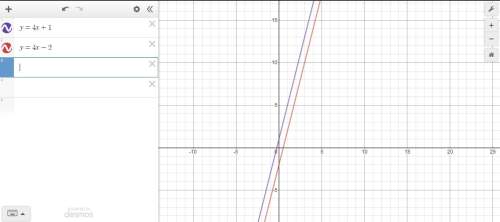
Mathematics, 29.09.2019 04:10 mlandon922
Criticize the following proof by induction of the proposition, "happy families are all alike." consider a set consisting of one happy family. obvi- ously all its elements are the same. suppose it has been shown that for any set of n happy families, say {}, we have fi f2 ==fn. con- sider a set {f1. n+1} of n+1 happy families. then {f1.) is a set of n happy families, so f1 = f2 = = fn. similarly, {f2, f3, fn+1} is a set of n happy families, so fn+1 = = f2. thus fr+1 = fi also, and the set of n + 1 happy families are all alike. by the principle of induction, we see that for any finite set of happy families, they are all alike. since the set of all happy families is finite, we conclude: happy families are all alike.

Answers: 1


Another question on Mathematics

Mathematics, 21.06.2019 23:40
Sanjay solved the equation below. which property did he use to determine that 7x+42=42 is equivalent to 7(x+6)=42 7x+42=42 7x=0 x=0
Answers: 1


Mathematics, 22.06.2019 01:30
Use the given degree of confidence and sample data to construct a confidence interval for the population mean mu . assume that the population has a normal distribution. a laboratory tested twelve chicken eggs and found that the mean amount of cholesterol was 185 milligrams with sequals 17.6 milligrams. a confidence interval of 173.8 mgless than muless than 196.2 mg is constructed for the true mean cholesterol content of all such eggs. it was assumed that the population has a normal distribution. what confidence level does this interval represent?
Answers: 1

Mathematics, 22.06.2019 02:00
Grant simplified the expression 1.5(-3.2 + 2.5) his work is shown below explain the error in grants work
Answers: 1
You know the right answer?
Criticize the following proof by induction of the proposition, "happy families are all alike." consi...
Questions

















Computers and Technology, 24.01.2020 23:31






